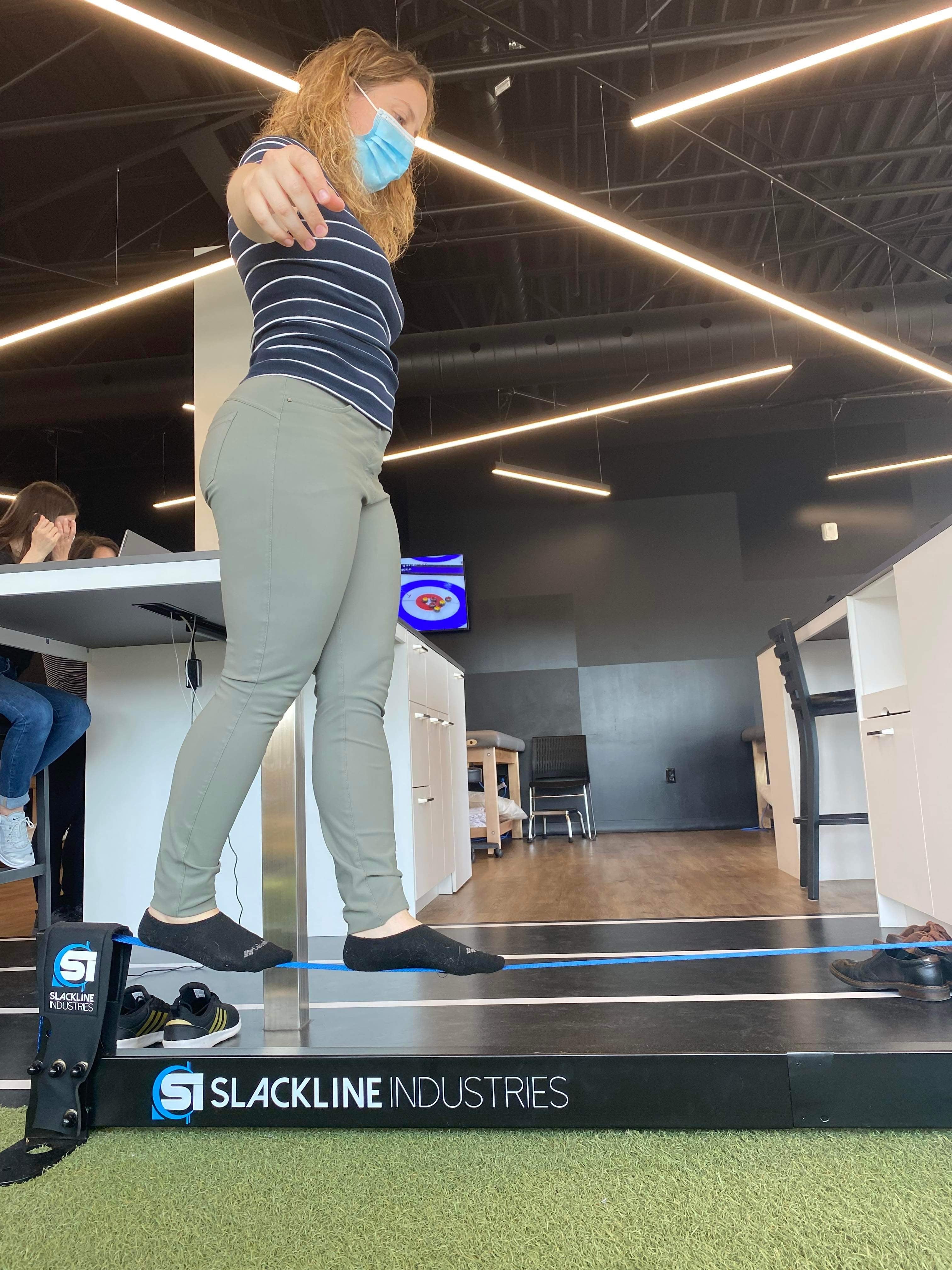Who are you ?
What did you study?
What is physical therapy and why is it important?

Physical therapy, in general, is an approach that helps people regain some physical capacity. There are some people who injure themselves, some people who develop pain or physical disabilities for several reasons. The therapists then have the role of identifying the source or sources of these problems, then using a specific approach to help them improve their function and their well-being. Physiotherapists are movement specialists; they use manual therapy, electrotherapy and other techniques, but the key to good rehabilitation, in my opinion, is really through the choice of good exercises.
What are the most common injuries?
In a private clinic, we often see musculoskeletal pain; therefore pain related to muscles and joints. Starting from the head to the little toes, you can see everything. Whether it's following an injury, a repetitive movement at work creating pain, a non-optimal posture on a daily basis … It's very diversified!

Do you have any advice or exercises to practice on our Slackstand?
After having it tested in the clinic, I believe that the simple task of standing for a few seconds, leaning on one or two feet on the slackline, is difficult. Indeed, it may not be the preferred tool to use at the beginning of a rehabilitation program, but I strongly believe that it can be part of a continuum in the progression of exercises. With a slackline, you have to integrate several systems of the body in order to find a balance. We use our whole body. Therefore, if we are able to simply stay in place, we can progress by trying to take steps, or by integrating external stimuli such as throwing a ball while maintaining our balance on the slackline, etc. In the clinic, the whole team even had fun testing certain positions on the slackline, such as sitting or lying down while maintaining their balance. The options are truly exponential.
Apart from rehabilitation, how can the Slackstand help improve the daily life of an uninjured person?
Another advantage of a slackline, in my opinion, is that you work on quick balance reactions and use many of your senses and muscles in order to maintain your stability. In a so-called “normal” person, the slackline could therefore, among other things, help him improve his balance reaction times. For example: someone losing their footing on a patch of ice. In someone with a good sense of balance, a quick and instinctive reaction of his body and his muscles, he will have a better chance of catching himself, avoiding a fall and thus possibly avoiding an injury. And that is one example among many others. I would say, however, that some people, such as gymnasts, for example, benefit more from this tool since they need all the more to develop these specific balance characteristics in their sports practice.
Why is the slackline a good tool in a child's learning and mobility? Is it good for everyone?

For children who are just beginning to walk, it can be a very stimulating exercise. Obviously, the child cannot be expected to stand and walk on this tool alone. However, we put to the test his equilibrium reactions and his protection reactions. The child is also taught to walk in a narrow, straight line, which he does not usually do at a young age.
While they are going through their developmental milestones, I strongly believe that it is a tool that could amuse them, make them try something different and stimulate them. I worked in my youth giving motor development lessons to toddlers and then walking them through a course that challenged their gross and fine motor skills. Slacklining was often part of the course through stairs, tunnels, trampolines, balls, etc., and writing this article made me remember that the slackline was one of the favorites, even if it was very difficult for them!
Author :

Physiotherapist
Action Sport Physio, Mascouche.




